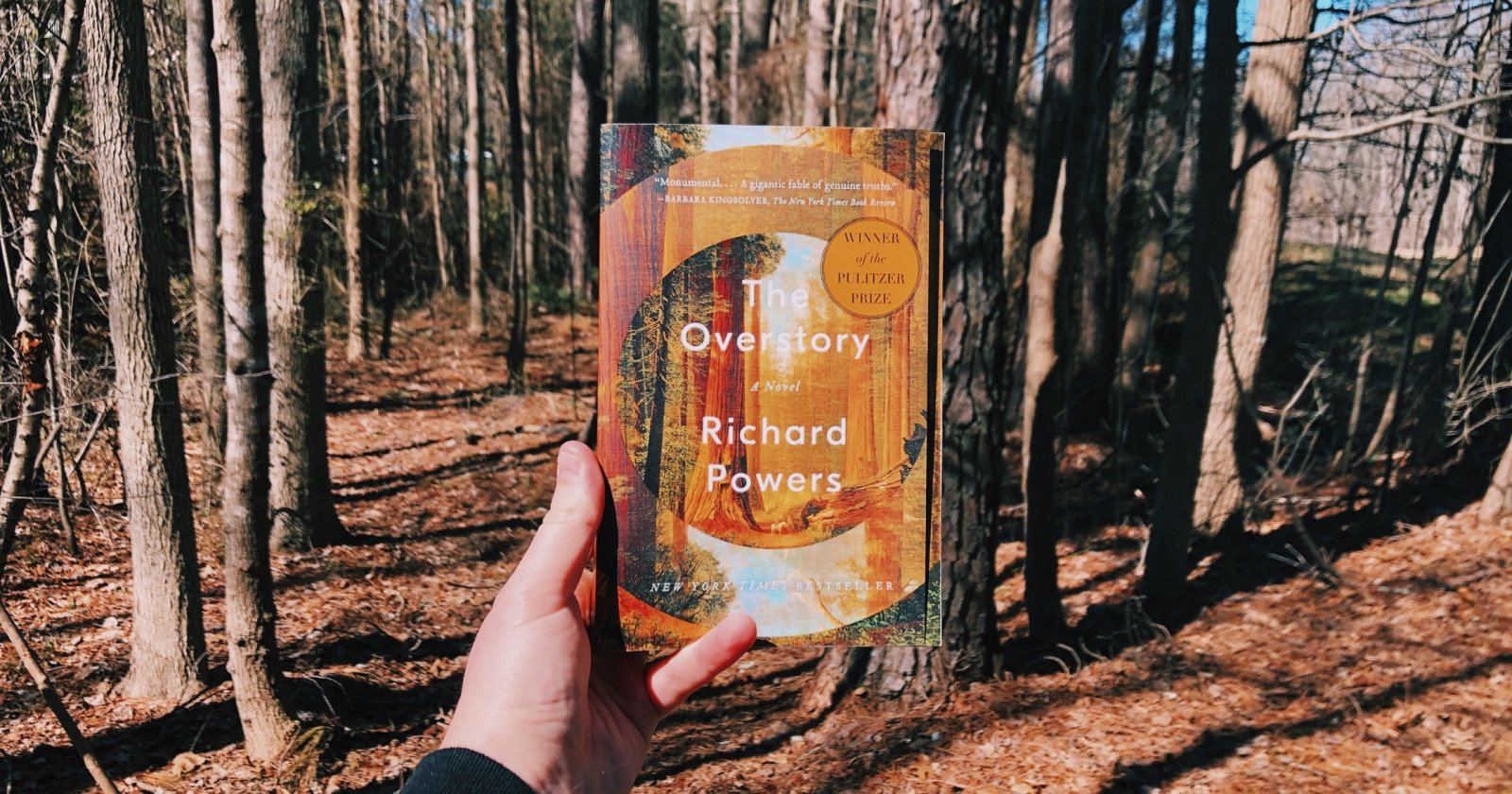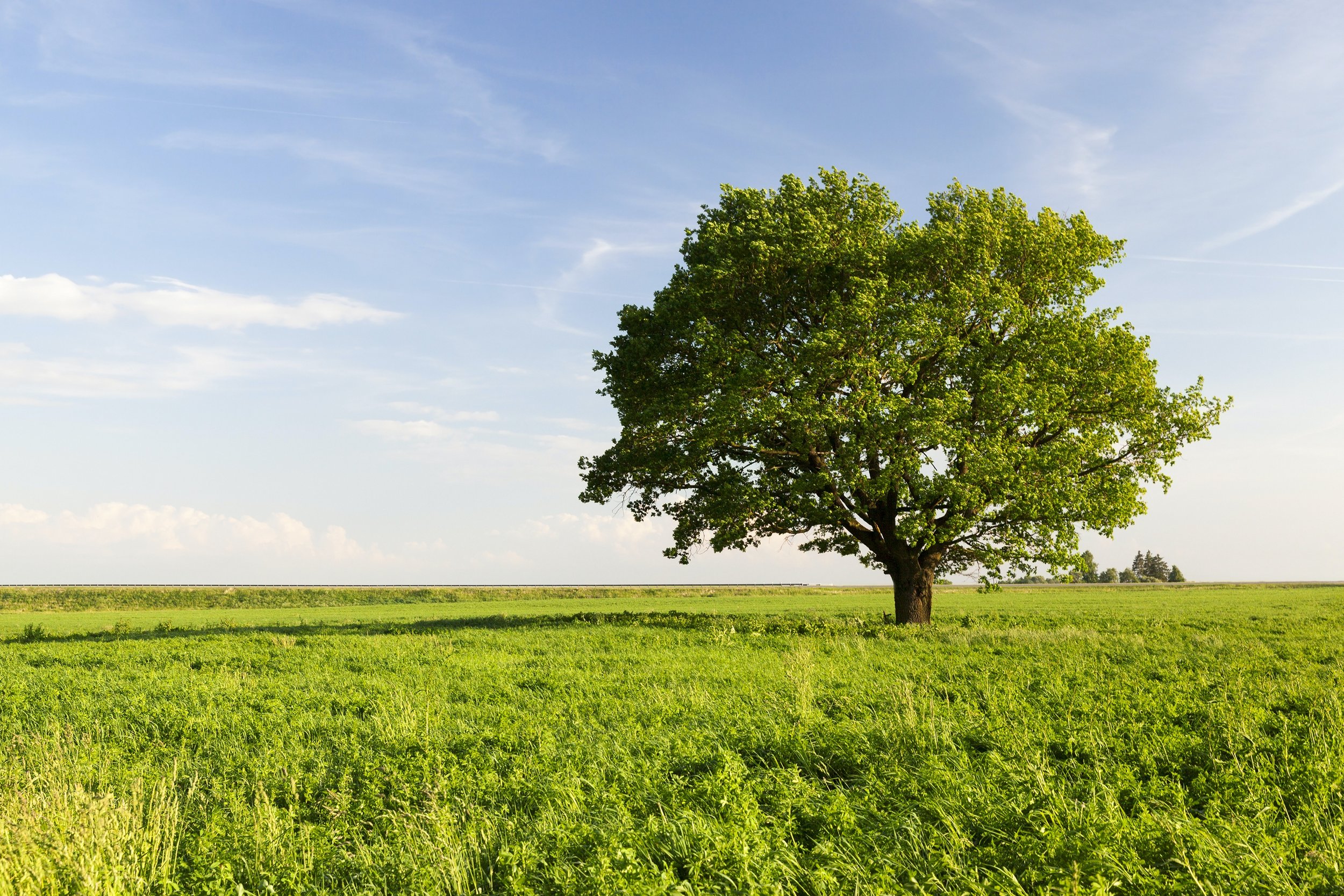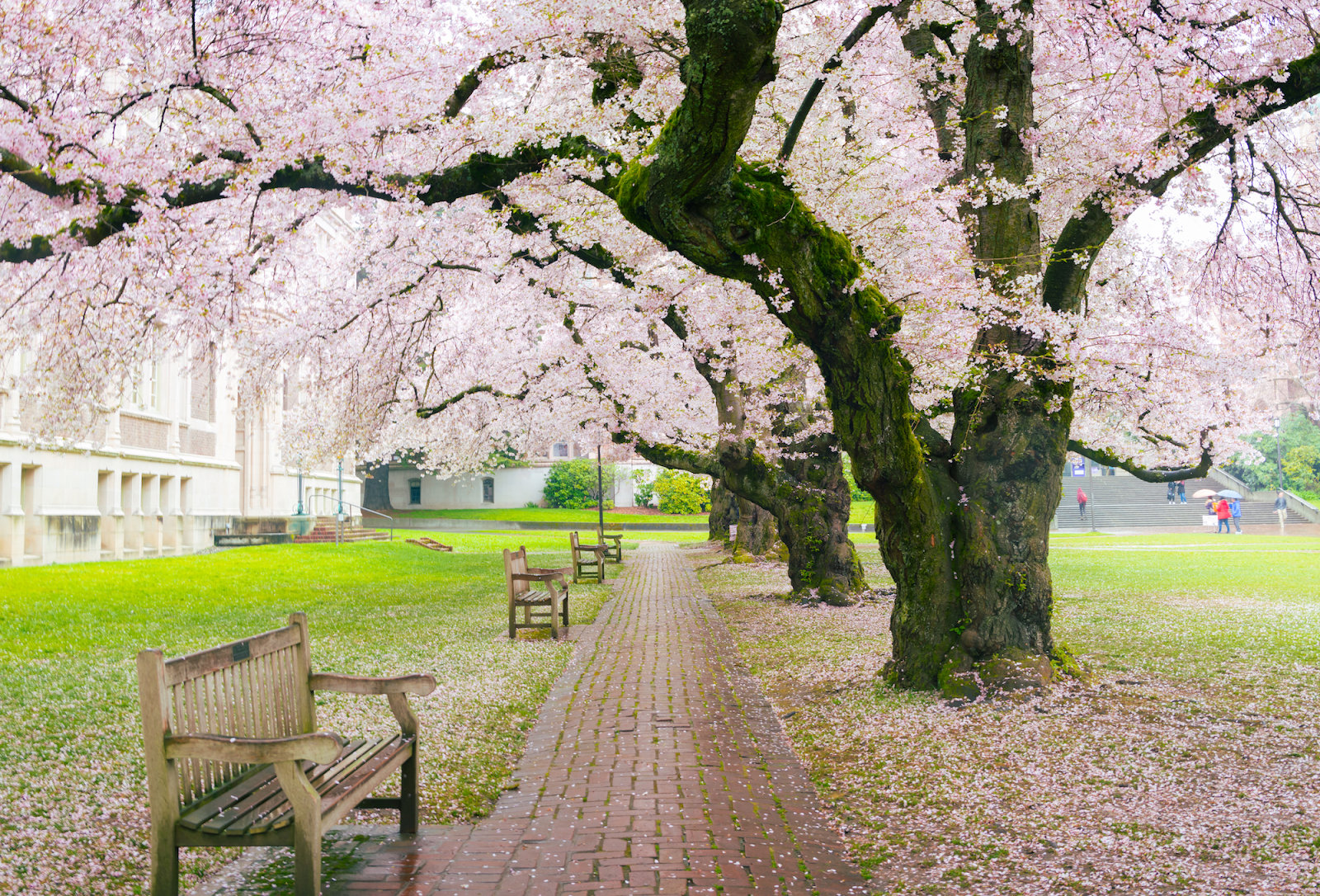To begin this momentary speculation - at a macro scale - Richard Power's book "The Overstory" discusses this from the perspective of 9 characters who have unique life experiences that address the destruction of forests. The story talks about various criteria of the tree, such as the roots, trunk, the crown, while the characters, for example, a computer designer who designs high-fidelity characters in Eden, are depicted through story vignettes. But ironically, it felt less about the characters and more about the trees, an interesting way of appreciating what is around us, what trees are giving us, how our planet works, and why we need to care about our environment.












